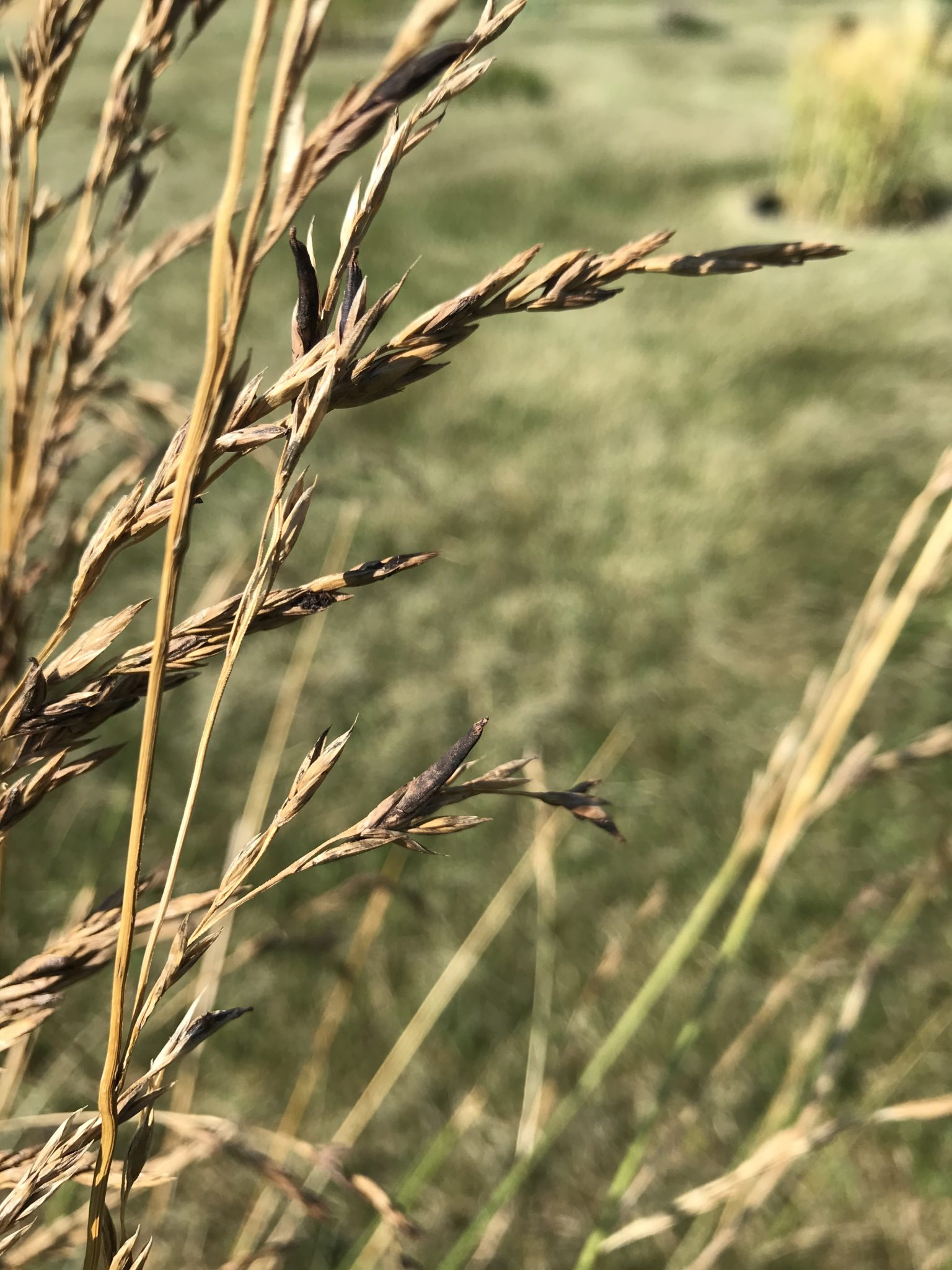Do you remember the spring season of 2019? Wet and cool conditions, to the extreme, delayed field operations. Another concern that can happen with these environmental conditions, and it did, was the development of ergot on perennial cool-season grasses and cereal rye. Symptoms when the ergot bodies (sclerotia) are consumed by livestock are similar to conditions with fescue toxicosis. Tillage incorporates ergot bodies into the soil. This reduces the chance of infection in following years. However, in a perennial grass hay and pasture system the ergot bodies will remain on the soil surface because no tillage occurs. Indiana’s weather has been wet and cool the past couple of weeks. Will the ergot infection occur again? Fortunately, insects and microrganisms can use ergot bodies as a food source. Still, to be on the safe side, it is recommended to check seed heads of grasses in pastures and hayfields, especially the acreage that was infected with ergot last year, to see if ergot reappears. If it does, clip the seed heads in pastures, and send a representative hay sample to a laboratory that tests for the toxic alkaloids that ergot produces. Labs that offered the test in the region last year included the Iowa State Veterinary Diagnostic Laboratory and the University of Missouri Veterinary Health Center. It has been found that 100-200 ppb of the toxin is the threshold level for cattle and that as little as 25-50 ppb is the concern level for first-time-to-birth mares in late gestation. Please inform me at johnsonk@purdue.edu if ergot is found in your pastures or hay fields.




